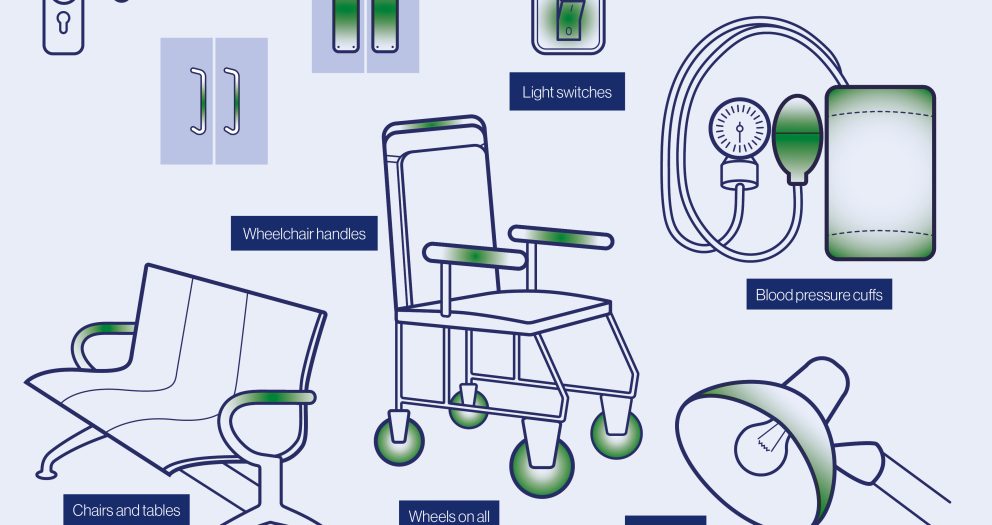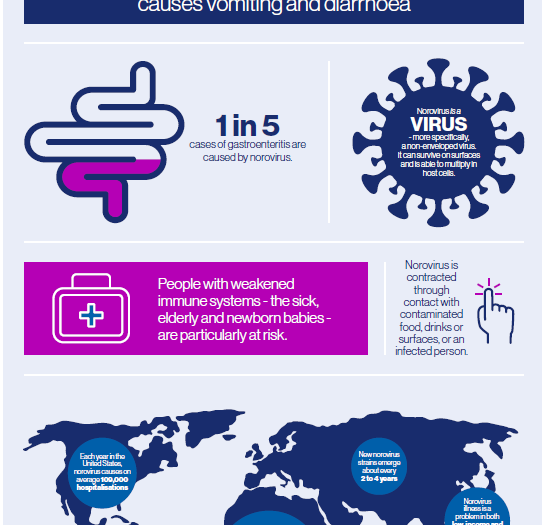Tuberculosis is an infection caused by the bacteria Mycobacterium tuberculosis, that most often affects the lungs. We’ve put together this short guide of key information, with links for further guidance.
WHAT IS TUBERCULOSIS?
Tuberculosis is a bacterial infection that most often affects the lungs. Infections spread by inhaling tiny droplets of the bacteria Mycobacterium tuberculosis, through the coughing, sneezing, or spitting of somebody who is infected.
The infection mainly targets the lungs however, the abdomen, kidneys, and nervous system can also be affected. For the majority of people, the body’s immune system controls the low-level of Mycobacterium tuberculosis within the body, meaning they aren’t considered infectious and they are unlikely to get ill. This is also known as latent Tuberculosis which can develop into an active infection, particularly if the immune system becomes weakened.

WHAT ARE THE SYMPTOMS OF TUBERCULOSIS?
An active Tuberculosis infection is most prevalent within the lungs, meaning a persistent cough – often resulting in a mixture of saliva, mucus, and blood – that lasts more than three weeks is the most obvious sign of an infection. However, other common symptoms (listed in no particular order) include:
- Chest pains
- Weight loss
- Night sweats
- A high temperature of 38°C or above
- Tiredness and fatigue
- A loss of appetite

HOW TO PREVENT TUBERCULOSIS?
The BCG vaccine protects against Tuberculosis and is recommended for babies, children, and adults under the age of 35, or healthcare and NHS workers. For those over 35, evidence suggests that the vaccine no longer works.
Those who have been diagnosed with Tuberculosis don’t need to isolate themselves however, there are some basic precautions that can be taken to help stop the infection spreading:
- Stay away from work or school until your doctor advises it’s safe to return.
- Cover your mouth when sneezing, coughing, or laughing.
- Dispose of used tissues in a sealed plastic bag.
- Avoid sleeping in the same room as anyone else.
- Keep windows open to ensure fresh air flows through your home.

WHAT ARE THE TREATMENT OPTIONS?
With the appropriate treatment, Tuberculosis can almost always be cured. A course of antibiotics, lasting for around 6 months, is the most common treatment. If diagnosed with pulmonary Tuberculosis, a patient will remain contagious for around 2-3 weeks into their antibiotic treatment.
If a patient skips or stops taking their antibiotics before they complete the course – even if they feel better – the infection may become resistant to the antibiotics. This can make it difficult to treat and require a longer course of antibiotics.
Those with latent Tuberculosis may be offered a shorter course of antibiotics, which reduces the risk of developing active Tuberculosis.

ARE THERE ANY VULNERABLE GROUPS?
Those with a confirmed Tuberculosis infection are advised to let family, friends, and work colleagues know so they can be offered testing for active or latent Tuberculosis.
People with HIV or any condition that affects the immune system, along with smokers and those who have an alcohol-use disorder, are most at risk of contracting Tuberculosis.
High rates of Tuberculosis can be found in places such as South America, China, Russia, sub-Saharan Africa, West Africa, and South Asia. Children living in those areas, people with family members from those countries, or those going to live and work in those locations for more than three months are at more of a risk of contracting the infection.

WHAT IS THE INCUBATION PERIOD?
The incubation period of Tuberculosis can vary from two to 12 weeks. However, a person can remain contagious for a long time, as long as Mycobacterium tuberculosis is present in their mucus, so they would require the appropriate course of treatment.
Some people can be infected but their body suppresses the infection, meaning they can show no symptoms until years later. There have been cases where people neve develop symptoms or become contagious, despite the presence of Mycobacterium tuberculosis.

WHERE TO FIND MORE INFORMATION
MANAGING THE THREAT OF TUBERCULOSIS
Tuberculosis is a potentially serious condition that most often affects the lungs however, if treated with the right antibiotics it can be cured. Adhering to good basic hand hygiene and workplace cleanliness can minimise the risk of spreading the bacteria and causing infection.
Join us in the fight against Tuberculosis. Download our infographic to help us raise awareness and prevent the spread of this virus.







